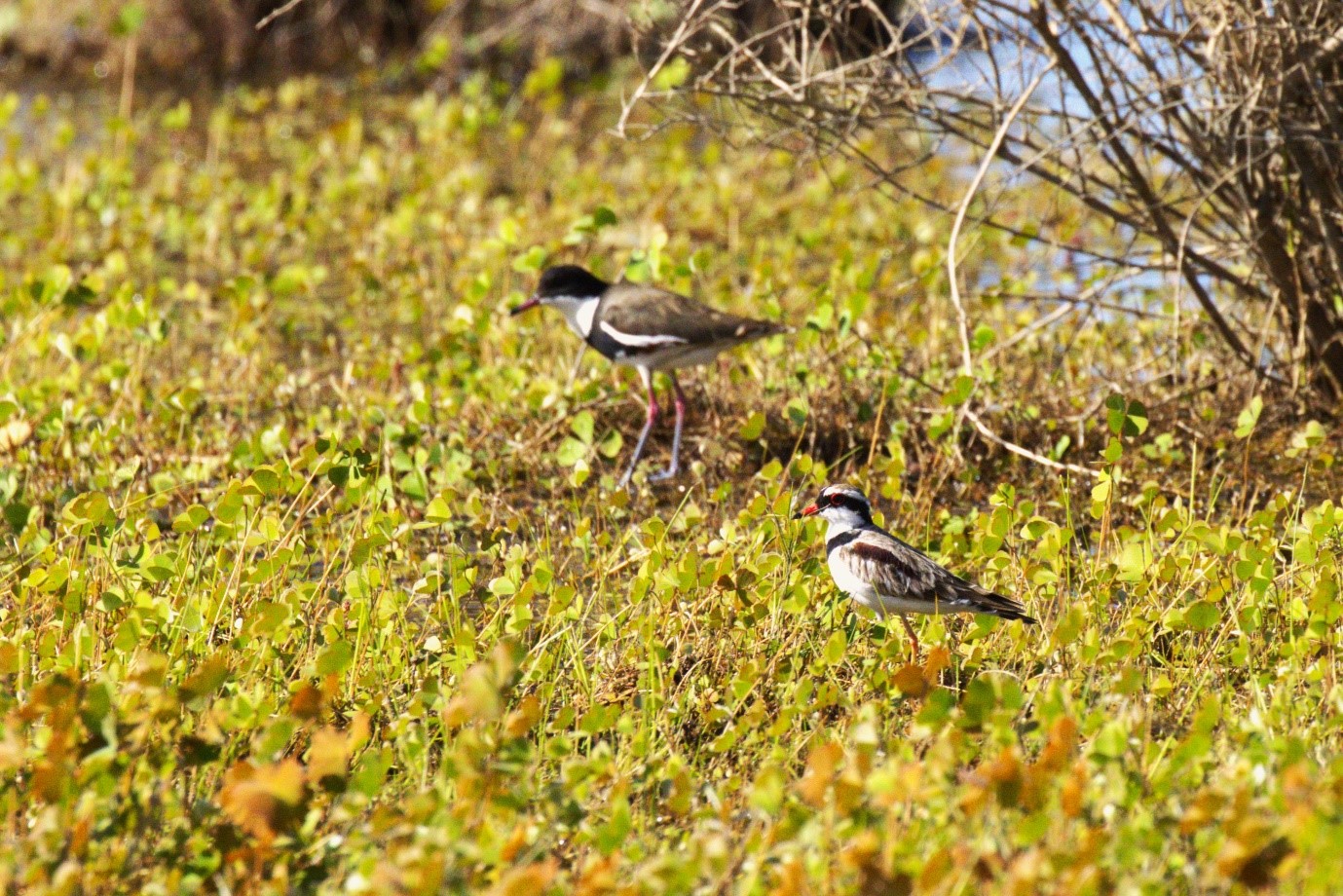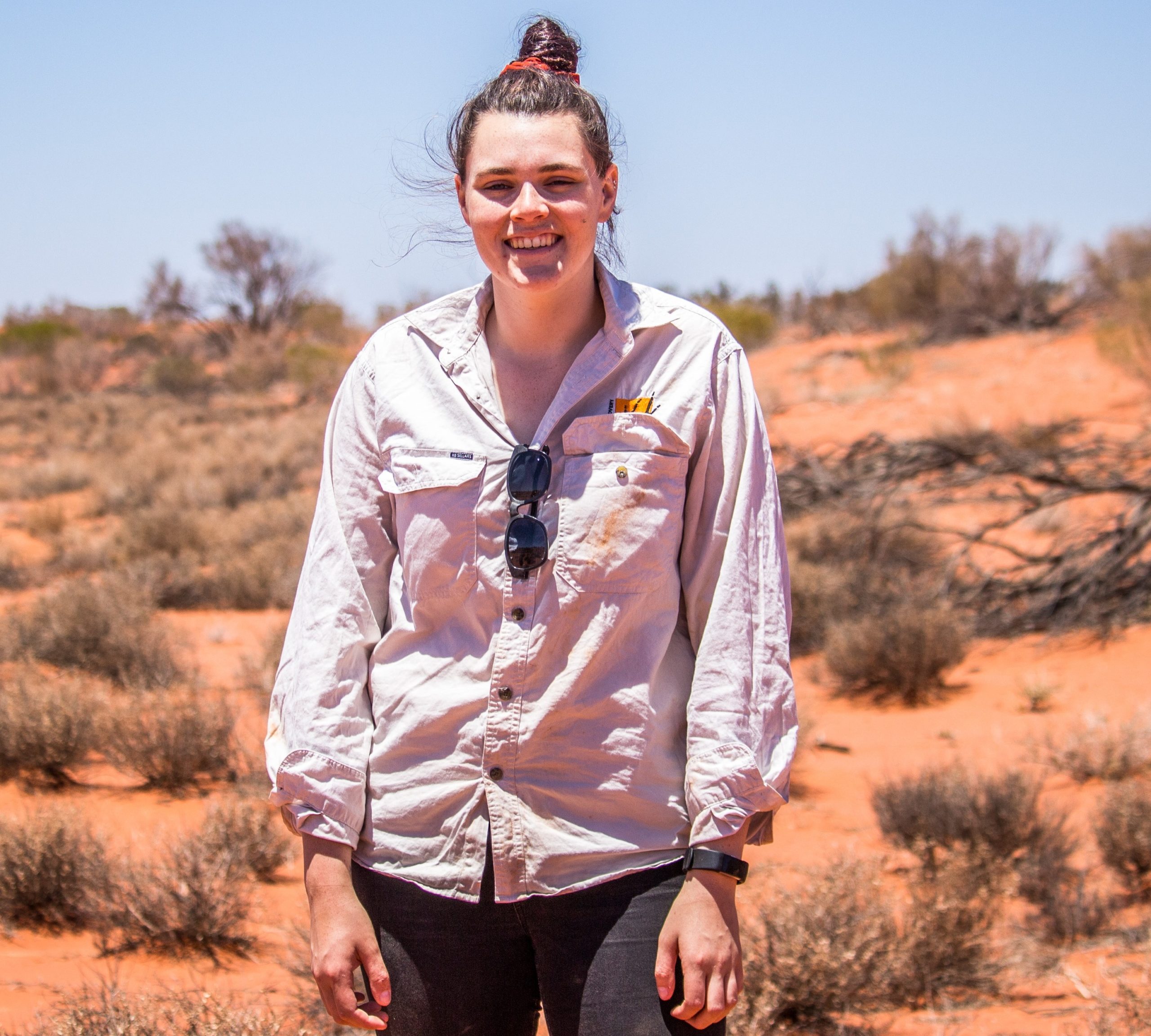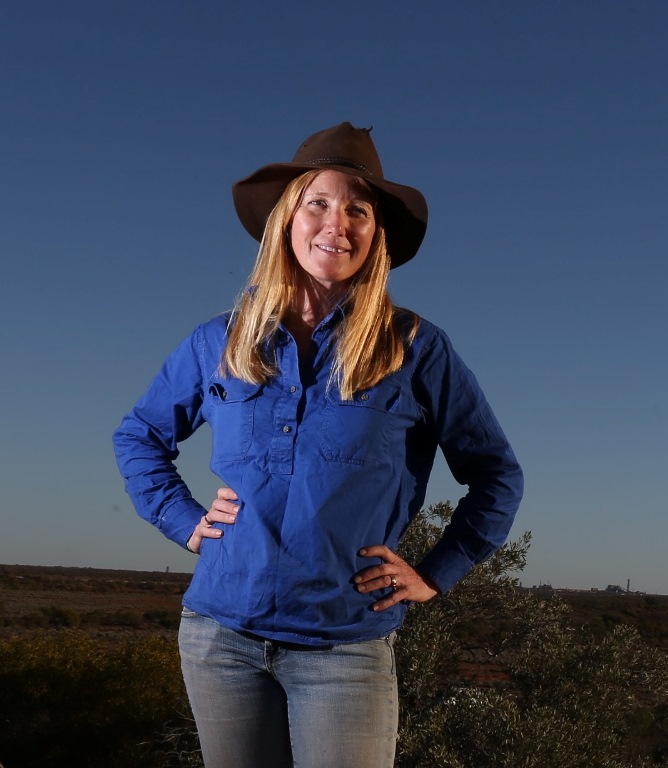By Genevieve Hayes and Robert Dugand
I bet you don’t expect to see ducks in the desert? Did you know that approximately 70% of Australia is arid, making it the second driest continent in the world, behind Antarctica? For this reason, wetlands within Australia’s arid zone are incredibly important, providing critical habitat for various plants and animals. Arid wetlands are largely transient, filling with large, unpredictable rainfall events, and then rapidly drying out, with this rate dependent on the size of the water body and the prevailing weather conditions. The Roxby Downs area, where Arid Recovery is located, received significant rain over 12 months from November 2021 to October 2022, with 55 mm falling in November 2021, 68 mm in January 2022, and 134 mm in October 2022. The Arcoona Lakes are a series of waterbodies (50-600 ha), many of which are located on the Native Title Area of the Kokatha People, between Roxby Downs and Woomera. They have been classified as Key Biodiversity Areas (KBAs), a global initiative and an extension of BirdLife Australia’s Important Bird and Biodiversity Areas (IBAs). For years most of these water bodies had been bone dry. Over that wet summer, they burst into life.


The lakes provide habitat to globally threatened species, such as blue-billed duck (Oxyura australis), and biome-restricted species (this means they protect land for species that breed in only one type of habitat), such as Bourke’s parrot (Neopsephotus bourkii); and they support large congregations of multiple water and shorebirds, including freckled duck (Stictonetta naevosa), pink-eared duck (Malacorhynchus membranaceus), hardhead (Aythya australis), grey teal (Anas gracilis), banded stilt (Cladorhynchus leucocephalus), and red-capped plover (Charadrius ruficapillus). Migratory shorebirds like curlew sandpipers (Calidris ferruginea) and red-necked stints (Calidris ruficollis) are known to fly from Victoria and South Australia directly to north-western WA, and will take advantage of these waterways to fatten up for their long journeys.
Within 6 months of the October rain, smaller water bodies are dry once again. Birds have moved to remaining water bodies, or perished. Once spread across the landscape, massive flocks of waterbirds now congregate on the remaining lakes.

Protecting the remaining water bodies is critically important. Unfortunately, like many other arid wetlands, the Arcoona Lakes are threatened by some land uses (e.g., changes to soil structure and mineral composition from mining and cattle grazing), climate change, and human recreational activity. In fact, migratory shorebirds that visit the lakes from Asia are particularly susceptible to human recreational activities. To undertake their long feats of migration, shorebirds need to conserve as much energy as possible prior to take-off. Repeated disturbance from boating, cars near the lake, and dog walking places greater stress on the birds as they try to feed so that they can complete the journey to their breeding grounds in the Arctic. Feral predators (cats and foxes) and cattle (from their trampling) are also major threats to the birds of the Arcoona Lakes.
Arid Recovery is working with Kokatha Pastoral and the Kokatha People, as the native title holders and managers of the land on which many of the Arcoona Lakes occur, to study and protect these crucial wetlands. Many of the lakes are not only ecologically significant but highly culturally significant too.
Shorebird champion Milly Formby, aka Microlight Milly, contributed to this blog. If you want to learn more about these birds and their incredible journeys, you can follow Milly’s microlight journey and read her children’s story.
Milly is the founder of Wing Threads, a not-for-profit, fully self-funded science communication initiative in collaboration with BirdLife Australia, and the illustrator of A Shorebird Flying Adventure, a children’s book aimed at educating children about migratory shorebirds and inspiring a connection with nature.
Get behind Milly’s cause as she promotes migratory shorebirds and encourages greater protection for these amazing species! Sponsor Wing Threads, donate to the cause, or follow the journey on Instagram, Facebook, and YouTube.
View some of the spectacular photos that Robert took during their survey work in the gallery below:


























